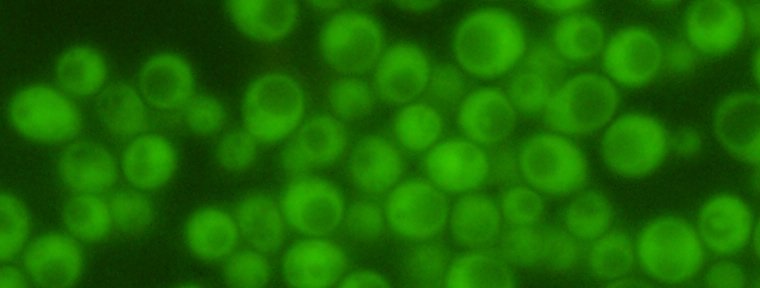Yeast Infection (Candidosis)
One of the most frequent agents that cause yeast infections are yeasts of the Candida genus. They are a common constituent of human microflora. In the case of weakened immune system (as a consequence of AIDS, organ transplants, or chemotherapy), they become life-threatening pathogens.
We got ahead of bacteria by discovering penicillin and then developing a variety of antibiotics, which simplified our fight against bacterial infections. Developing of antimycotics is much more complicated because yeast and human cells are both cells eukaryotic. Therefore, they are very similar and it is not easy to find a chemical compound that would eradicate selectively only yeast cells and not affect human cells. Fortunately, pathogenic yeasts of the Candida genus contain some transporters in their membranes whose both structure and activity are different from the membrane transporters in human cells. We study these transporters because they could be used as targets of new types of antimycotics.

